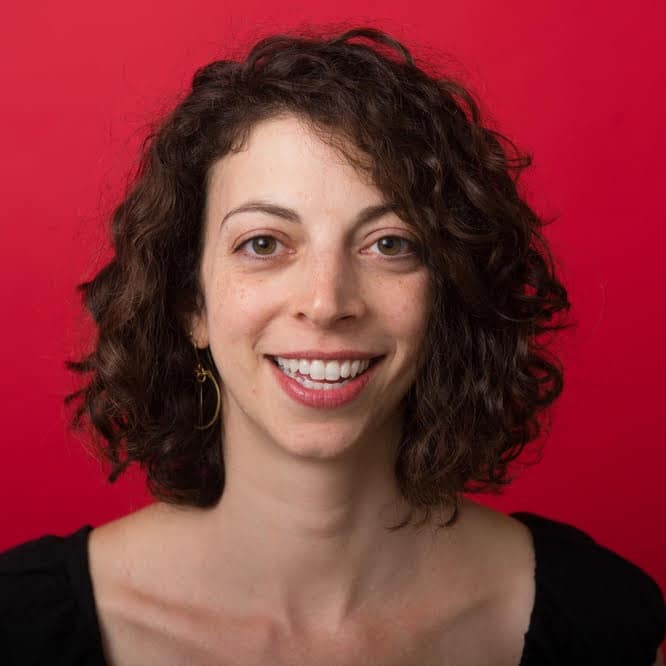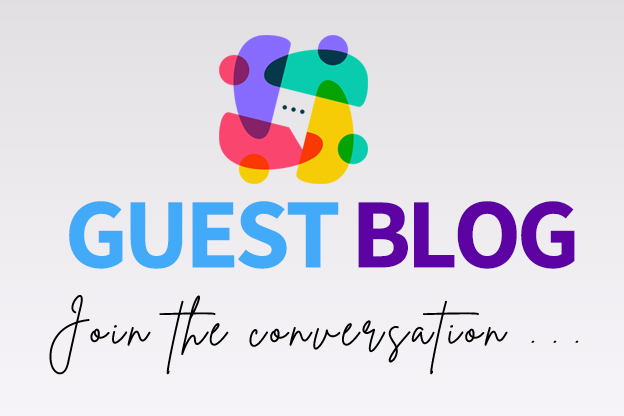Turn and talks are often one of the first strategies teachers use to get students talking in their math classrooms. To be honest, they’re often one of my first recommendations when I’m coaching teachers as well. In a teacher-centered classroom where students are used to passively taking notes, turn and talks are one tool for disrupting the status quo and beginning to hand responsibility for thinking to students. Teachers often think carefully through how to implement turn and talks – we create anchor charts with instructions for students for each stage of a turn and talk; we deliberate about which direction students will turn to find a partner, and whether or not that partner will always be the same; and we use timers to designate how much speaking time each partner gets. But what we often overlook in this process is thinking through what to turn and talk about. Not every question merits discussion. We would generate much more student thinking if we gave the students something worth talking about.
Kassia Omohundro Wedekind and Christy Hermann Thompson begin their 2020 book, Hands Down Speak Out, with an anecdote about a coconut. First graders sat in a circle with Christy, their teacher at the time, debating what might be inside the coconut. The point was that they didn’t know. The question of what was inside the coconut generated wonder; it gave the students something to discuss that they were genuinely curious about. Even if a few did actually know what was inside it, they had most likely not experienced actually cracking open a coconut with a hammer, as they were about to do. Nobody knew exactly what was going to happen, so every student had something to be curious about.
I think about the coconut anecdote every time I lead or observe a turn and talk now. Students need to have something to talk about when they do a turn and talk — and I mean something to really talk about, not just an answer to share. The questions we ask need to generate curiosity, to allow room for unique interpretations (the coconut might be filled with “millions and millions of tiny ants”!) and students’ opinions and voices. Too often we use turn and talks as a perfunctory way to get students talking, but we don’t ask questions that are rich enough to get them thinking. Think about the following prompts that are often used for turn and talks:
“Turn and talk to your partner about what answer you got.”
“Turn and talk with your partner about your strategy” (used when students have just learned one strategy for solving a particular type of problem).
“Which one do you think is right? Turn and talk with your partner.”
In most classrooms, each of these questions could be answered with just a couple of words, and most partner pairs will have the same answers. There is also usually one correct answer, so teachers may be using a turn and talk as a way for students who got something wrong to catch their mistake before the teacher reveals the correct answer. More importantly, they don’t generate curiosity. Most students are really good at dutifully doing what they are supposed to be doing without actually thinking much (“studenting,” as Peter Liljedahl calls it in Building Thinking Classrooms In Mathematics). They will turn and talk to their partner and say “twelve,” for example, or “I used the array strategy.” The teacher gets to check off that they are including student voice in their classroom, and they feel satisfied that their students have reached the correct answer or used the designated strategy. But the students haven’t been given an opportunity to really think.
That thinking is the foundation of student agency. Turning and sharing a correct answer does not build a mathematical identity (though it may briefly boost a student’s confidence, earning them a pat on the back). To get students truly thinking, we need to ask broader questions that allow room for reasoning, hypotheses, and debate. We need to start with a problem or a mystery – a coconut – and allow students the opportunity to wonder about it. I’m not arguing that turn and talks shouldn’t be used as much as they are, but rather that we could get much more bang for our buck if we posed more open-ended questions for students to turn and talk about. Unfortunately, many math programs allow very little, if any, time for open-ended wonderings. In these cases, we as teachers need to find moments to insert wonder into our lessons. Find those moments when students don’t know how a problem will play out or don’t have a specific designated answer. Otherwise, we’re just teaching students to push numbers around, not to actually become mathematical thinkers.
I’d like to write a piece about the importance of starting the year off by setting up the culture of a math classroom. Too often, we focus on content immediately — trying to figure out where students are after the summer or last year or launching into this year’s content because we’re worried about fitting everything in. If we want to foster an environment of risk-taking, of questioning, and of thinking deeply about mathematics, we need to spend time in the first days of school purposefully creating this culture and teaching students that this is what their math classroom will look and feel like this year. This can’t be taught through assessments or traditional skill-focused math lessons. We would be better served by using rich, open-ended tasks and thinking routines. Through these, we can show students how we expect them to interact with the mathematics, each other, and us (the teacher), and we can create a culture of inquiry and deep thinking.
Abby Gordon, Metamorphosis Coach bio.
Read Abby’s blog here.



0 Comments